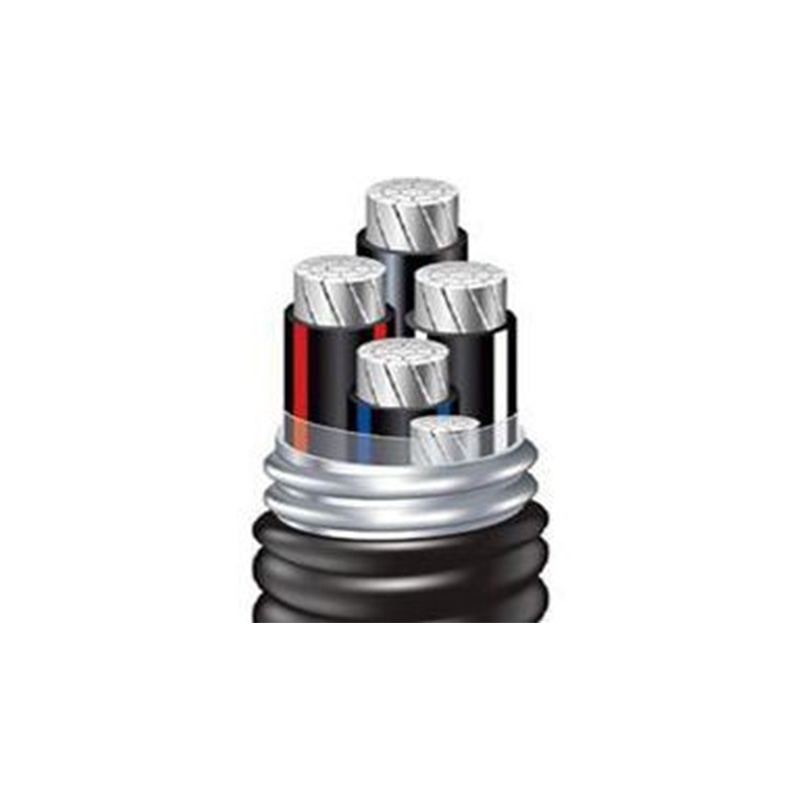វិច្ឆិកា . 21, 2024 16:49 Back to list
butterfly valve double flange type
Understanding the Double Flange Butterfly Valve
The butterfly valve is one of the most efficient and versatile types of valves used in various industrial applications. Among the different designs of butterfly valves, the double flange type stands out due to its robust structure and ease of installation. In this article, we will delve into the characteristics, advantages, and applications of double flange butterfly valves.
Design and Construction
A double flange butterfly valve consists of a circular disc mounted on a shaft. This disc rotates to open or close the valve, allowing or obstructing the flow of fluid within a pipeline. The double flange design means that the valve has flanges on both sides, which allows for secure attachment to the piping system. These flanges are typically drilled to standard dimensions, which facilitate compatibility with various piping systems and easy installation.
The construction of the valve involves materials that provide durability and resistance to wear. Common materials include ductile iron, stainless steel, and resilient thermoplastics. The disc of the valve often features a rubber or polymer lining to enhance sealing properties and prevent leakage.
Key Features
1. Compact Design The double flange butterfly valve has a compact form factor, which makes it an ideal choice for applications where space is a constraint. Its lightweight nature also simplifies handling and installation.
2. Low Torque Requirement Compared to other types of valves, butterfly valves require lower torque to operate. This characteristic enables the use of smaller, less powerful actuators, which can lead to savings in energy and equipment costs.
butterfly valve double flange type

3. Sealing Mechanism The effective sealing mechanism of double flange butterfly valves ensures minimal leakage. The disc can create a tight shut-off when closed, making it suitable for both throttling and on-off applications.
4. Versatility These valves can be used with various fluids, including water, oil, and gas. They’re suitable for a wide range of temperatures and pressures, enhancing their adaptability across different industries.
Advantages
The double flange butterfly valve offers several advantages over other valve types. First, its lightweight design reduces the overall load on the piping system, which is particularly beneficial in large installations. Second, the simplicity of the design allows for quick maintenance and replacement, which can reduce downtime in industrial processes.
Moreover, the double flange design contributes to increased stability during operation. Since the valve is secured on both sides of the pipeline, there is less risk of misalignment or mechanical failure. This is crucial in high-pressure environments, where valve integrity is paramount.
Applications
Double flange butterfly valves are commonly used in various sectors, including water treatment, chemical processing, and HVAC systems. In municipal water systems, they regulate the flow and maintain pressure. In chemical processing, they control the flow of corrosive substances, while in HVAC systems, they manage airflow.
In summary, the double flange butterfly valve is a key component in modern industrial applications, combining efficiency, durability, and ease of use. As industries continue to evolve and seek more effective fluid control solutions, the double flange butterfly valve stands out as a reliable choice for engineers and designers alike. With its robust design and versatile nature, it is expected to remain a staple in fluid management for years to come.
Share